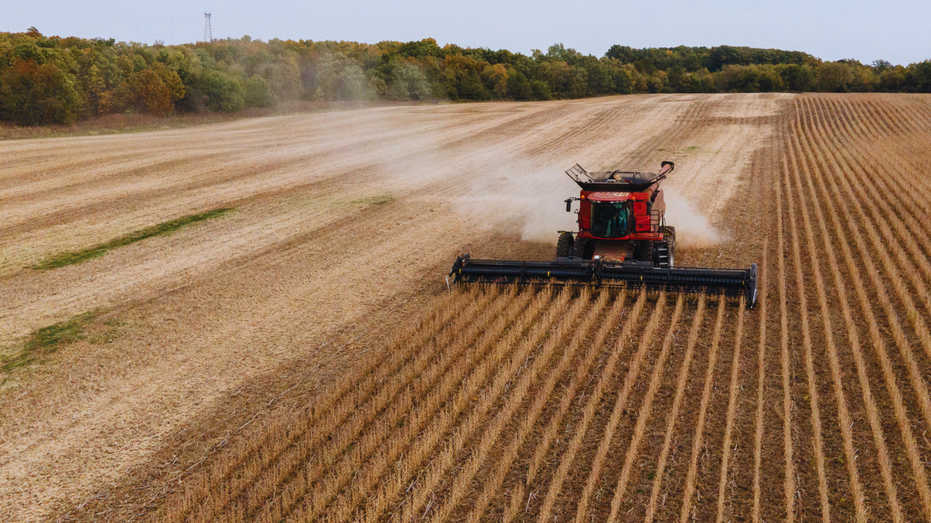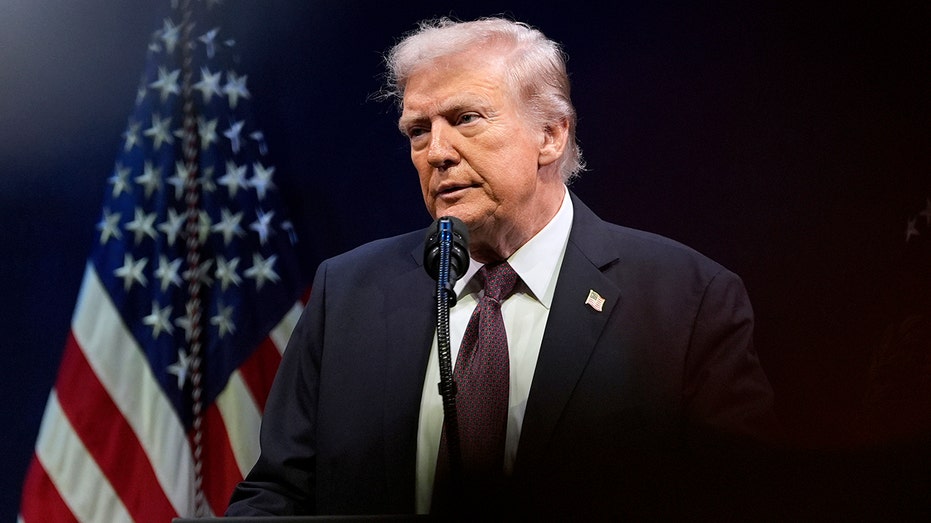A quiet drama is unfolding alongside the high-profile meeting between President Trump and Xi Jinping: the fate of the American soybean. This seemingly humble crop, worth $30 billion to U.S. exports, has become a potent symbol of the complex and often fraught relationship between Washington and Beijing.
The story began with tariffs. As the U.S. and China engaged in escalating trade disputes, Beijing abruptly halted its purchases of American soybeans, a direct response to duties imposed on Chinese goods. This wasn’t merely economic posturing; it was a calculated move with significant consequences for American farmers.
China quickly turned to alternative suppliers like Brazil and Argentina, demonstrating the speed with which global trade can realign itself. For U.S. farmers, particularly those in the heartland, this shift represented a devastating blow, exposing their vulnerability to political tensions thousands of miles away.
Historically, the U.S. was China’s primary source for soybeans, supplying roughly 28% of their needs before the 2018 trade conflict. That number plummeted to 11% in the following years, a stark illustration of the trade war’s impact. While demand briefly rebounded to 31% during the pandemic, it has since settled back to 22%.
However, some experts suggest the shift away from U.S. soybeans was already in motion. China, they argue, was proactively seeking to diversify its food sources and reduce its dependence on the United States, a strategy long in the making. This decoupling, though painful for American farmers, was seen as inevitable.
For those on the ground, the policy debates translate into a harsh reality. Brad Arnold, a Missouri soybean farmer representing generations of agricultural heritage, explained the critical reliance on international trade. Losing China as a customer isn’t easily offset, despite emerging domestic uses like biodiesel production.
Arnold emphasized the sheer scale of the challenge: “You can’t take our number one customer, shut them off and just overnight find a replacement.” The economic impact ripples through entire communities, threatening livelihoods and the future of family farms.
As Trump and Xi prepare for their first face-to-face meeting since Trump’s return to office, the soybean’s story takes center stage. Treasury Secretary Scott Bessent anticipates a potential breakthrough, suggesting China might resume soybean purchases and delay restrictions on rare earth elements.
Whether this signals a genuine easing of trade tensions or merely a temporary reprieve remains to be seen. But one thing is clear: the fate of the American soybean, and the farmers who cultivate it, is inextricably linked to the delicate dance of diplomacy between two global superpowers.
The resumption of purchases, even if short-lived, underscores a fundamental truth: agriculture and international relations are deeply intertwined, a reality that will undoubtedly shape the discussions in South Korea and beyond.






